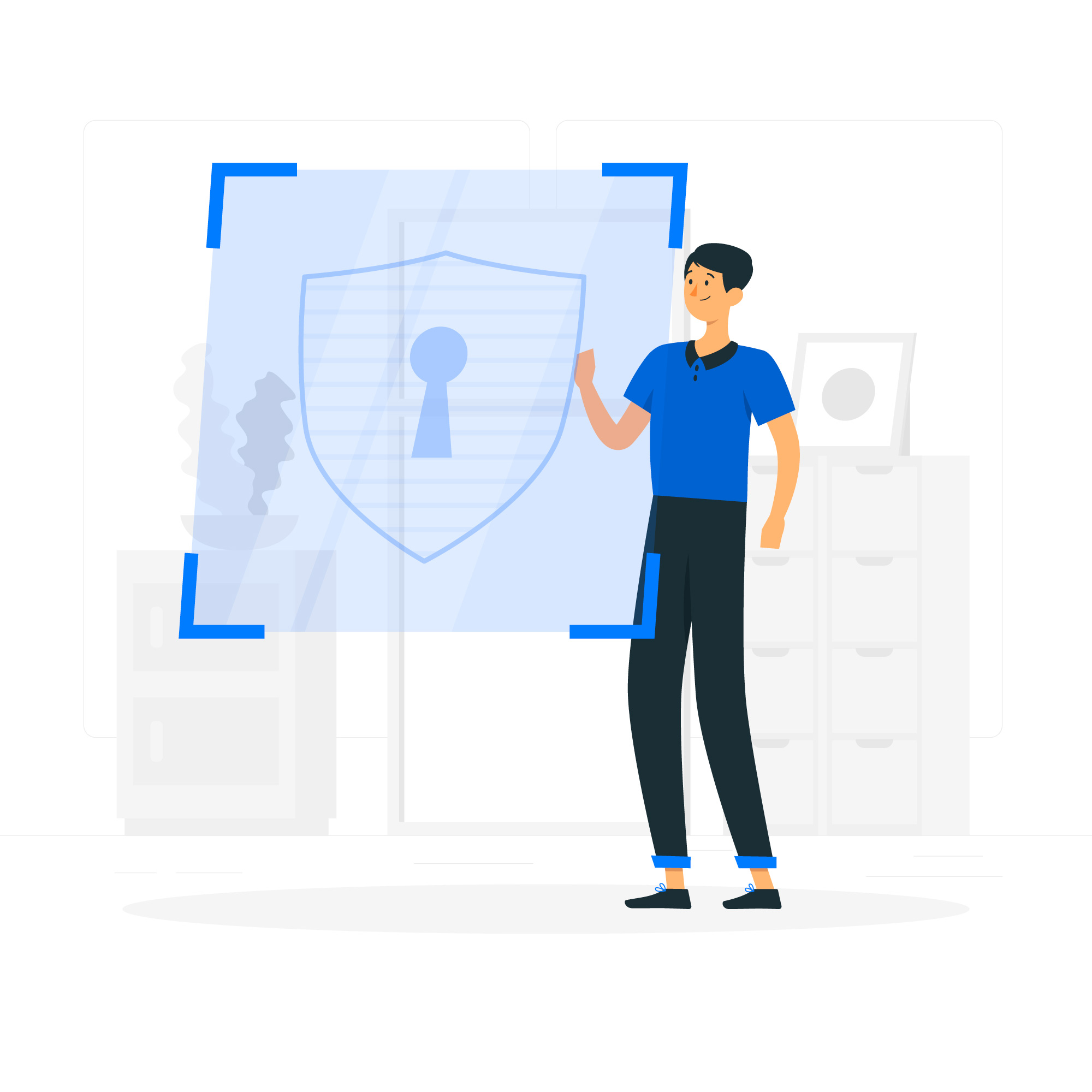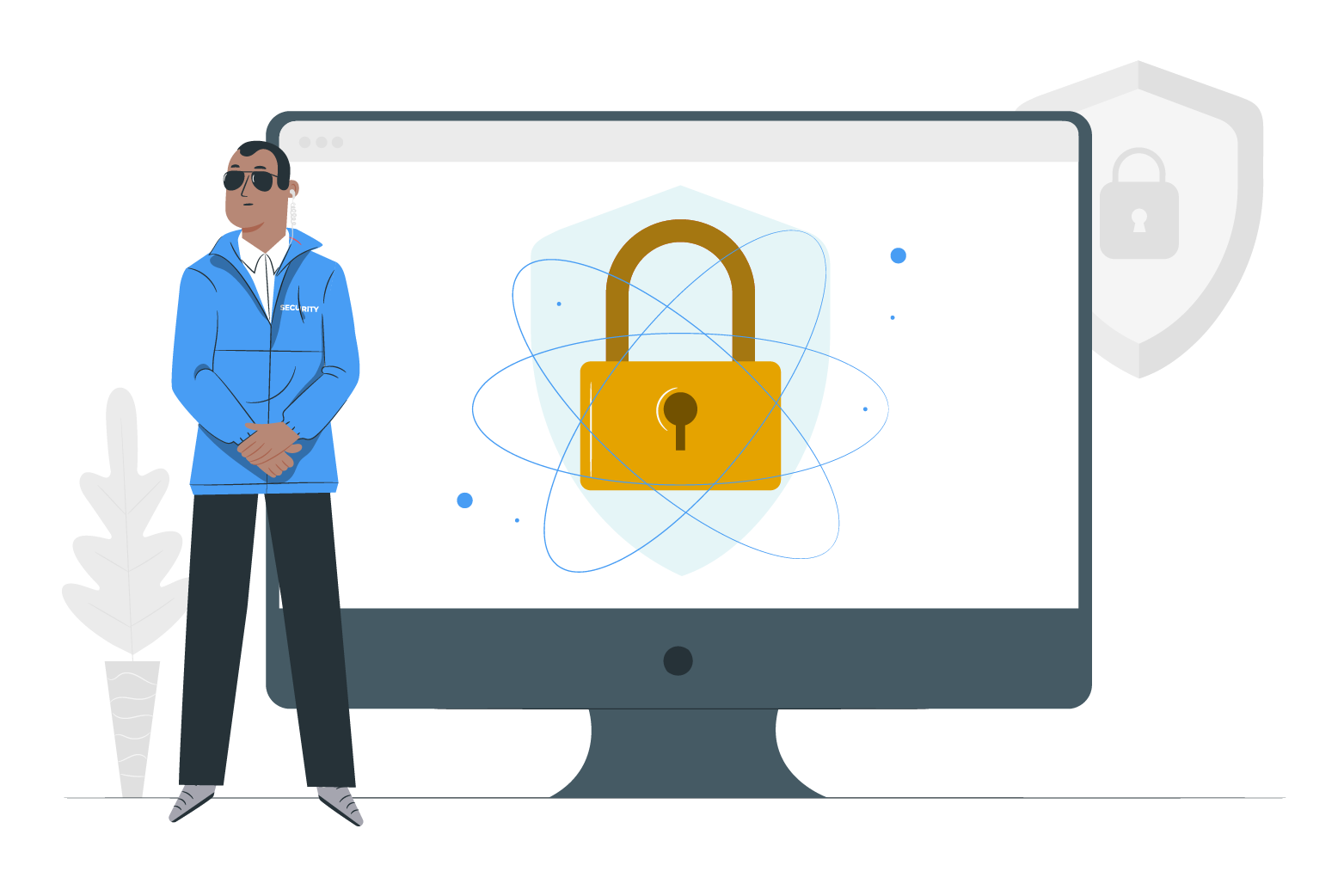Introduction:
In the era of digital transformation, the management of sensitive maintenance data in vendor and facilities management has become a critical aspect of organizational success. Ensuring the security of this information is paramount to protecting the confidentiality and integrity of operations. In this blog, we will explore the importance of robust cybersecurity measures and provide insights into key strategies for safeguarding sensitive maintenance data.
Why Prioritize Cybersecurity?
With the increasing reliance on digital platforms, the threat landscape for cybersecurity is ever-expanding. Sensitive maintenance data, which includes information vital for operational efficiency and security, is a prime target for cybercriminals. To mitigate these risks, organizations must prioritize the implementation of comprehensive cybersecurity measures.

Key Cybersecurity Measures:
- Encryption Protocols:
Encryption serves as a first line of defense against unauthorized access to sensitive data. Implementing robust encryption protocols ensures that even if unauthorized parties gain access to the data, they are unable to decipher its contents without the appropriate decryption keys. This adds an extra layer of protection, especially when data is in transit or stored on various devices and servers within the vendor and facilities management ecosystem.
- Stringent Access Controls:
Controlling access to sensitive maintenance data is fundamental to cybersecurity. Implementing stringent access controls involves defining and enforcing user permissions based on roles and responsibilities. Only authorized personnel should have access to specific datasets, and this access should be regularly reviewed and updated as roles evolve. Limiting access reduces the risk of data breaches and ensures that information is only accessible to those who genuinely need it.
- Regular Security Audits:
Maintaining a proactive cybersecurity posture requires ongoing assessment and testing. Regular security audits help identify vulnerabilities and weaknesses in the existing cybersecurity infrastructure. By conducting thorough audits, organizations can address potential risks before they are exploited by malicious actors. This iterative approach to cybersecurity ensures that the protective measures are continually adapted to the evolving threat landscape.

- Fostering a Culture of Awareness:
Human error is a common factor in cybersecurity breaches. Fostering a culture of awareness among both vendors and facility management teams is crucial. Training programs, workshops, and communication initiatives can educate personnel about the importance of cybersecurity, the risks associated with sensitive data, and best practices for maintaining a secure digital environment. Employees who are aware of potential threats are better equipped to recognize and respond to security issues promptly.

Investing in Comprehensive Data Protection Strategies:
To elevate data security in vendor and facilities management, organizations must invest in comprehensive data protection strategies. This includes combining encryption protocols, stringent access controls, regular security audits, and a culture of awareness into a cohesive cybersecurity framework. By taking a proactive approach to cybersecurity, organizations can effectively mitigate security risks, ensuring the confidentiality and integrity of sensitive maintenance data.
















